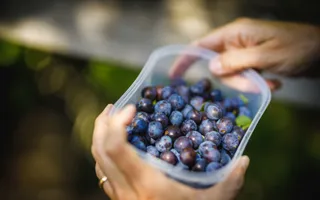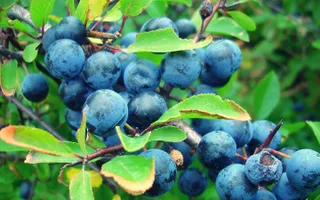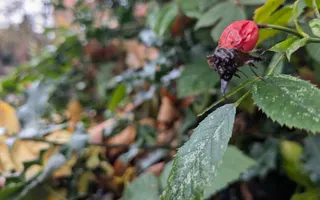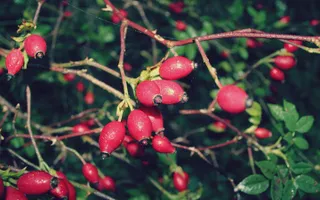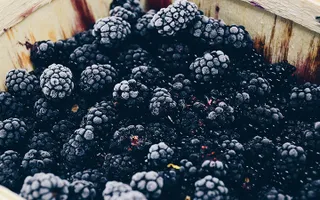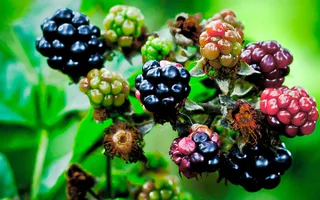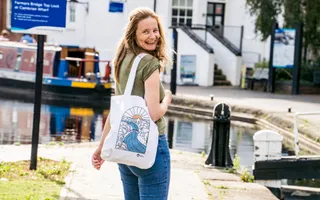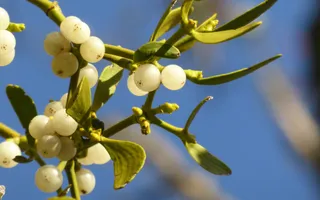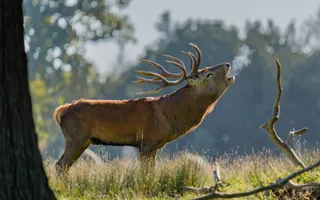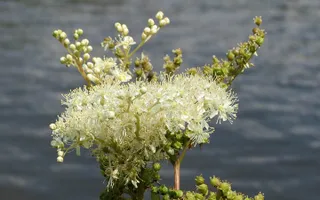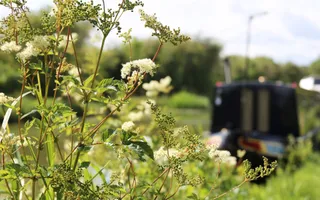Pick up your basket and take a walk along your favourite stretch of the canal to forage for fruits, leaves and nuts that you can turn into festive foods and drinks. Enjoy them yourself in the lead-up to Christmas or wrap them up and gift them to your loved ones.
Christmas drink ideas from foraged finds
Forage for wild ingredients to create unique and seasonal drinks with nature’s bounty. Here are a few ideas to get you started.
Pick sloes for gin or cordial
Sloes are best harvested after the first frost, typically between late October and November. The frost softens the berries, making their sharp flavours more mellow. You can mimic this effect by freezing them overnight.


